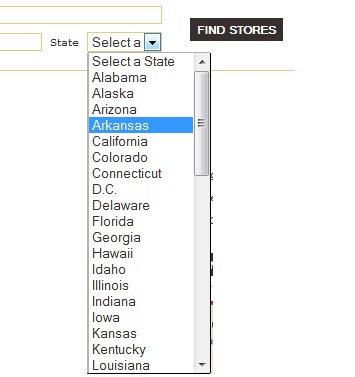This is the script I use that will:
- Automatically backup minecraft map
- Automatically update minecraft server
- Automatically restart the server if it stops or dies
#!/bin/bash
while [ true ]; do
# make md5 of current file for update check.
md5sum minecraft_server.jar > minecraft_server.jar.md5
wget -o updatelog.log -N --trust-server-names http://www.minecraft.net/download/minecraft_server.jar
# display updated status
if md5sum -c --status minecraft_server.jar.md5
then
echo "Server Up to Date."
else
echo "Updated Server!"
fi
java -Xmx1024M -Xms1024M -jar minecraft_server.jar nogui
rsync -a --delete --progress /home/dan/serv/minecraft/world "/home/dan/serv/minecraft/bak/world"`eval date +%Y%m%d`""
done |
#!/bin/bash
while [ true ]; do
# make md5 of current file for update check.
md5sum minecraft_server.jar > minecraft_server.jar.md5
wget -o updatelog.log -N --trust-server-names http://www.minecraft.net/download/minecraft_server.jar
# display updated status
if md5sum -c --status minecraft_server.jar.md5
then
echo "Server Up to Date."
else
echo "Updated Server!"
fi
java -Xmx1024M -Xms1024M -jar minecraft_server.jar nogui
rsync -a --delete --progress /home/dan/serv/minecraft/world "/home/dan/serv/minecraft/bak/world"`eval date +%Y%m%d`""
done
Code Explained:
This will put the server in an infinite loop. You can kill it by hitting Control+C a couple times in a row.
This will make a hash of the current minecraft_server.jar and then download the newest copy using wget.
md5sum minecraft_server.jar > minecraft_server.jar.md5
wget -o updatelog.log -N --trust-server-names http://www.minecraft.net/download/minecraft_server.jar |
md5sum minecraft_server.jar > minecraft_server.jar.md5
wget -o updatelog.log -N --trust-server-names http://www.minecraft.net/download/minecraft_server.jar
This will run minecraft in headless mode and with a limit on RAM.
java -Xmx1024M -Xms1024M -jar minecraft_server.jar nogui |
java -Xmx1024M -Xms1024M -jar minecraft_server.jar nogui
This will create a backup of the minecraft world folder in a backup folder. You probably should work on this part.
rsync -a --delete --progress /path/to/minecraft/world "/path/to/minecraft/bak/world"`eval date |
rsync -a --delete --progress /path/to/minecraft/world "/path/to/minecraft/bak/world"`eval date
Well, hope this helps someone. Have a good day.



